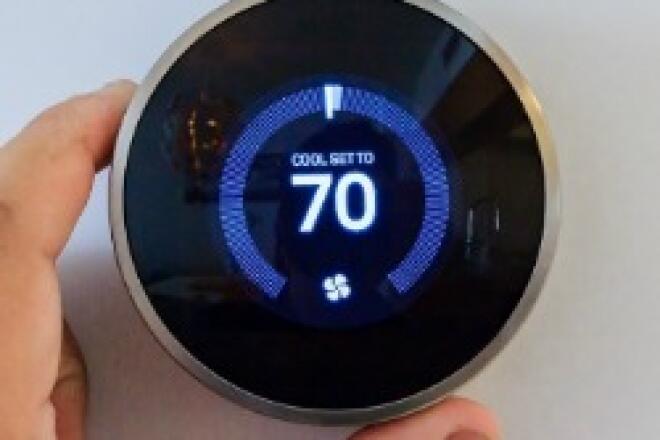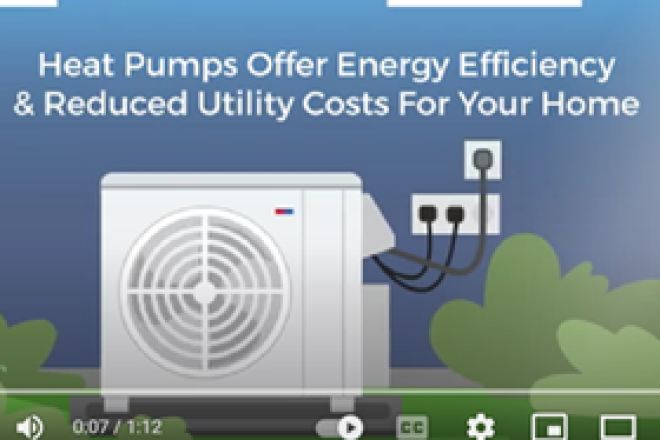
Why Renewable Energy Is Taking Off
In late January, the U.S. Energy Information Administration (EIA), the government agency that’s responsible for collecting and analyzing all kinds of energy-related data, released its Annual Energy Outlook 2019, a collection of modeled projections on what's likely coming next in energy.
The latest projection confirmed what many in the U.S. energy industry have known for years now: that coal is quickly declining as a source of electricity generation, while solar and wind power are rapidly growing.
According to the EIA’s data, coal’s share of electricity generation will tumble to 24 percent in 2020 – down from nearly 50 percent in 2008. Meanwhile, wind power is expected to grow to 14 percent of electricity generation by 2020, and solar power will reach 17 percent. Adding in hydroelectricity, geothermal electricity and other renewable sources, it’s clear that renewable energy will be the majority source of electricity in the U.S. in the not-so-distant future.
Why has renewable energy grown so quickly over the last decade? Let’s look at a few of the drivers of this incredible transformation.
1) The underlying technologies have improved considerably.
One of the primary critiques of wind and solar power for many years was that the technologies just weren’t efficient enough – but this is largely becoming a thing of the past.
Wind turbines, for example, have become much more efficient in recent years, due to innovations from companies like General Electric (GE). In the Netherlands, GE recently deployed a new wind turbine with 350-foot blades that alone can power more than 15,000 homes.
This is reflective of the general trend of wind turbines – in fact, the U.S. Department of Energy states that the output of wind projects from 2014-2016 is about 80 percent greater than those from 1998-2001. In addition, innovations in offshore wind, which has become a mainstay in Northern Europe, are making this high-output form of wind energy possible for the United States.
 And it’s a similar story for the photovoltaic panels used to harness the sun’s energy. In the early 1990s, researchers at universities were achieving 15 percent efficiency on panels that weren't viable for the residential market. Today, several companies offer panels intended for homes with over 20 percent efficiency, and researchers are developing new technologies with efficiencies well beyond that.
And it’s a similar story for the photovoltaic panels used to harness the sun’s energy. In the early 1990s, researchers at universities were achieving 15 percent efficiency on panels that weren't viable for the residential market. Today, several companies offer panels intended for homes with over 20 percent efficiency, and researchers are developing new technologies with efficiencies well beyond that.
2) Battery storage is a game changer for “intermittent” renewable energy.
Meanwhile, improvements in energy storage – especially lithium-ion batteries – have created a new landscape for renewable energy. Since the sun’s not always shining and wind’s not always blowing, solar and wind energy need to be paired with other sources of electricity to power homes 24/7 – that is, unless you have a way to store excess energy for use at a later time.
And that’s exactly what battery storage is all about. Tesla, Panasonic and other companies have led considerable improvements in lithium-ion battery technology in recent years to where it’s now a viable option for many electric utilities and homeowners. When the output from solar and/or wind is greater than the need, batteries can be charged up to capacity. When output dies down, batteries step in and provide the electricity needed to power homes and businesses. This ensures power grid stability when using “intermittent” clean energy sources.
3) States, cities are pushing for clean energy to address climate change.
In addition to these technological advancements, many cities and states – driven by the desires of their residents – are aggressively targeting clean energy goals, and this is only expected to increase in the years ahead.
The list of U.S. cities that are targeting 100-percent clean energy over the next couple of decades now includes Minneapolis, Orlando, Atlanta, Cincinnati, Salt Lake City, San Diego, Denver and many others.
On the state level, Hawaii and California have been pioneers with their 100-percent clean energy goals, and New York Governor Andrew Cuomo recently announced a Green New Deal for the State of New York that mandates 100-percent clean power by 2040 and invests over $1.5 billion in large-scale renewable energy projects.
4) The economics are now in favor of renewable energy in many cases.
While technological innovation and support for policies that address climate change are both having a major impact on clean energy growth, perhaps the greatest driver is the economic situation – that is, renewable energy has gotten really cheap. In fact, wind and solar have gotten so affordable that the cost of building a new solar or wind farm has now dropped below the cost of running an existing coal plant.
And electric utilities have taken note of this situation, with a record number of coal plant closures in 2018, and many more already planned over the next five years, including the Tennessee Valley Authority’s Paradise Fossil Plant and the coal-fired Bull Run Steam Plant. Furthermore, Xcel Energy, one of the largest electric utilities in the United States with operations in eight states, announced a landmark decision in October to completely abandon fossil fuels in favor for clean energy by 2050.
The bottom line is that all of these factors are coming together at the right time to create a landscape very conducive to the rapid growth of clean energy. Based on the targets of cities, states and electric utilities, we’re only at the beginning of the shift to solar, batteries and wind and can expect a lot more in the years ahead.
To learn more about the many changes coming to the world of energy, check out our Evolving World of Energy series on how we get, how we use and how we pay for energy.



